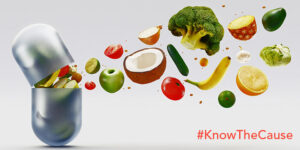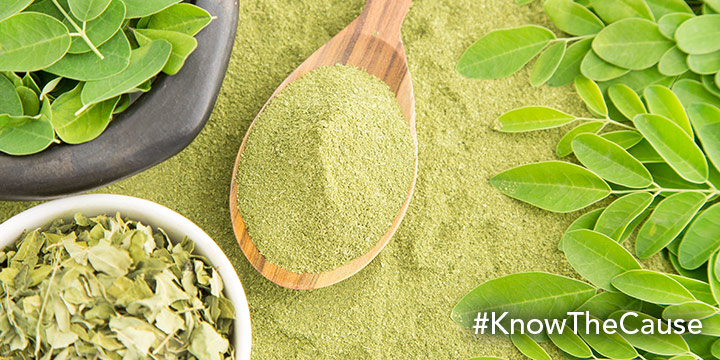

Moringa is one of the latest super food crazes; here is what you should know. Every so often, it seems that there is another new superfood “discovered” that makes headlines for its purported health benefits. Often, these are foods that have existed and enjoyed by other cultures for centuries, only to finally have their moment in the media when it becomes apparent they are rich in nutrition.
The lates of these foods is moringa. Moringa is a fast-growing tree that is native to the Himalayan foothills. Today, it is cultivated in tropical and subtropical regions on multiple continents, including Africa, Oceania, the Caribbean, and Latin America. It has been cultivated for millennia, and was used in ancient Ayurvedic cultures, as well as ancient Egyptian cultures.
The entire plant, from the leaves to the roots, is edible. Commonly, however, you will see moringa powder being sold in packets. Its seeds can be made into a type of tea too. If you frequent juice bars, you have likely seen moringa products on the menu.
So is this ingredient good for those on the Kaufmann Diet? The leaves and powder are an excellent source of nutrition and can likely safely be included in your Kaufmann Diet. Its great added into smoothies; its mild flavor will likely disappear when consumed in this way, but you will have the added benefits of the abundant nutrition therein. The leaves do features in some types of ethnic cooking and have been described as tasting similar to other leafy greens like arugula.
Like many other plant foods––virtually all of which are included on The Kaufman Diet––moringa is a good source of vitamin, minerals, anti-oxidants, and phytonutrients. Feel free to include it in your Kaufmann Diet.
Doug Kaufmann has written many books that cover a full range or health issues. Find out which of his books best suits you by clicking the button below.
Doug Kaufmann developed his diet after years studying the clinical effects of pathogenic fungi on the body. Fungi and yeasts can become parasitic organisms on and inside our body, causing health problems that can be difficult to diagnose. Learn more about the Kaufmann Diet, change your life and know the cause.
We encourage all visitors to this site to take some time and study these technical articles prior to initiating lifestyle changes, including dietary changes and to do so with their physician’s awareness and approval. The articles posted in this link are scientific and with few exceptions are taken from medical journals familiar to healthcare workers.
Looking for help assembling antifungal Kaufmann Diet approved recipes for breakfast, lunch or dinner? We have several videos, books and recipe write ups here on Know the Cause that will help your health journey. The recipes in this section are so good, you’ll feel like you’re indulging. No sacrifice needed! Enjoy.
© 2024 Mediatriton Inc. All Rights Reserved • Website by Skynet Solutions